
Guide to the Peace Memorial Park
Michelle MontanoPeace Memorial Park stands as a testament to the victims of the first atomic bomb in history and as a vow to protect and forge..
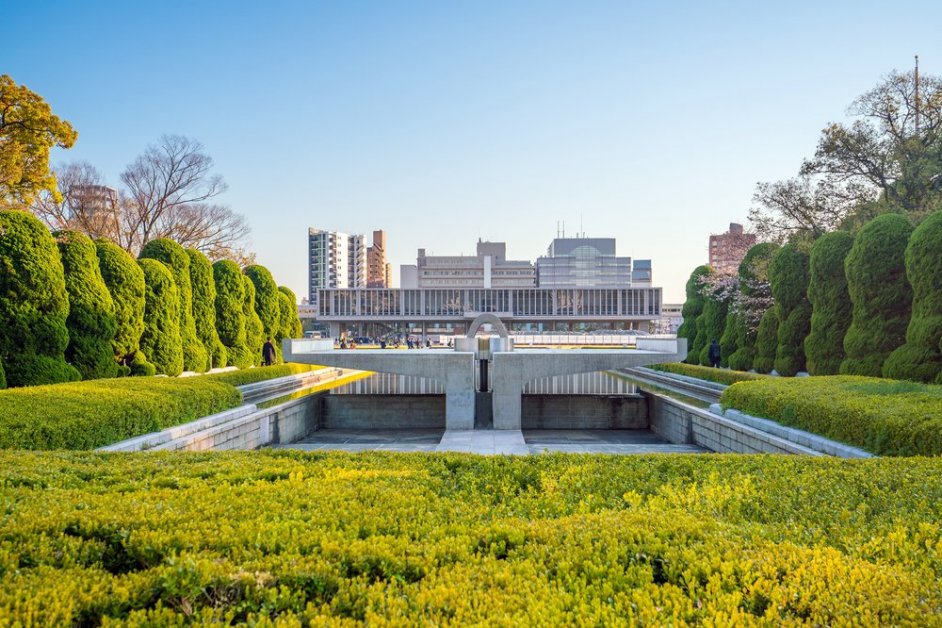
Hiroshima Peace Park (平和記念公園) is a large green space in the center of Hiroshima — once the thriving political and commercial heart of the city. On August 6th 1945, the world’s first atomic bomb was dropped over the center of Hiroshima City which suffered widespread damage and suffering. Four years later, this area of the city was designated as a memorial zone.
Today, the Hiroshima Peace Memorial Park, designed by Japanese architect Kenzo Tange, encompasses 30 acres and is home to numerous memorial statues, monuments and a world-class museum. Arguably the highlight of the park is the Peace Memorial Museum, which underwent a major renovation between 2017—2019. The museum focuses on the events of August 6th, with personal images and paraphernalia from the aftermath of the bomb—including a pocket watch that stopped at 8:15am, the time of the detonation.
At the north end of the park, the Atomic Bomb Dome (Gembaku Dome) is a skeletal reminder of the horror of that historic day. At 8:15am, the bomb detonated in the air directly over this area (the exact hypocenter a few blocks away), incinerating much of the city in its path but sparing this building’s metal framework, which remained intact. Today, the A-Bomb Dome serves as a visceral reminder of that fateful day.
Peace Memorial Park is a place of remembrance, perseverance and hope for a peaceful tomorrow.
President Obama made a historic visit to Hiroshima's Peace Park in 2016.
The Children's Peace Monument was built to commemorate Sadako Sasaki and the thousands of child victims from the atomic bombing of Hiroshima. Sadako Sasaki was a young girl who was exposed to radiation from the atomic bomb blast, dying ten years later after a long battle with leukemia. Before she passed away, Sadako had a vision to create one thousand cranes—which she achieved—echoing the Japanese tradition that granted one wish upon doing so. Sadako's wish was for a world without nuclear weapons, and the paper cranes seen here serve as a reminder of this.
The Memorial Cenotaph is otherwise officially known as the 'Memorial Monument for Hiroshima, City of Peace'. Designed by Pritzker Prize winning architect, Kenzo Tange, the cenotaph's shape resembles an ancient clay house that helps shelter the souls of the victims from rain. The stone base houses a registry of the names of over 300,000 people who lost their lives during and after the bombing.
The Peace Bell was created with the hope to abolish nuclear weapons and achieve world peace. Created by bell-caster Masahiko Katori (considered a living National Treasure), the bell is embossed with a singular, unified world map without borders — symbolising an interconnected globe at peace. The surrounding pond contains lotus flowers that come to bloom around early August. Visitors are encouraged to ring the bell as they pray for world peace.
First lit in 1964 in hope of a world without nuclear weapons, the flame continues to burn until they are abolished around the world. The pedestal that cradles the flame evokes the image of two hands joined at the base, palms facing the sky.
Erected in 1977, this statue depicts a child in its mother's arms who blows a trumpet of peace. A crescent moon completes the sculpture.
Completed in 1955, this memorial mound mourns the ashes of the deceased that are unclaimed — either because their names were unknown or their families/relatives died. The vault lies beneath containing the ashes of some 70,000 victims.
Made of 3 iron pillars and supporting a spherical clock, this 20m-tower was completed in 1967. With its daily chime at 8:15am serving as an apt reminder, the clock calls out for world peace and represents a crossroad for humanity.
A monument dedicated to the Korean victims of the atomic bombing. To make up for a shortage of laborers during the war years, Japan had forcibly imported a number of Koreans to work in factories and camps. Several thousand Koreans were in Hiroshima on the morning the atomic bomb was dropped.
Beside the Motoyasu Bridge on the central-eastern edge of the park, the Rest House serves as a Tourist Information Center, as well as gift shop and rest space. Tours are given of the basement, which has been preserved since the time of the bombing and where it is said the only person in the building who was to survive the events of August 6th 1945.
Take the street car (tram) #2 bound for Hiroden-Miyajima or #6 bound for Eba from JR Hiroshima Station. Alight at "Genbaku dome-mae" station.

Peace Memorial Park stands as a testament to the victims of the first atomic bomb in history and as a vow to protect and forge..
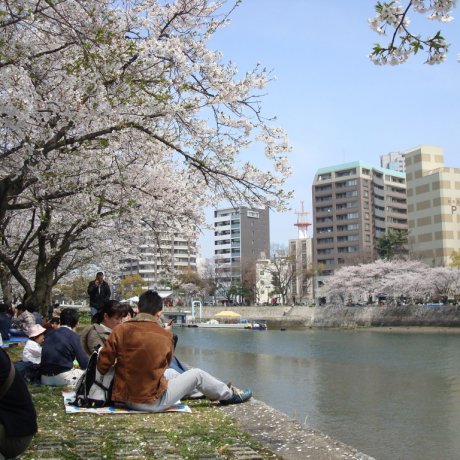
Even if you are in Japan or planning to visit during the season, perhaps you've never considered Hiroshima as a cherry blossom..
 12
12
Peace Memorial Park of Hiroshima looks more impressive with night lighting.

A time to respect those who lost their lives and hope for a peaceful, war-free future for the world. August 6th is a significant..

Among the sites in Hiroshima Peace Memorial Park is the Memorial Cenotaph, a large, saddle-shaped concrete structure between the..
 10
10
Thousands of colorful paper cranes adorn The Children's Peace Monument in Hiroshima's Peace Park, many of which have been..
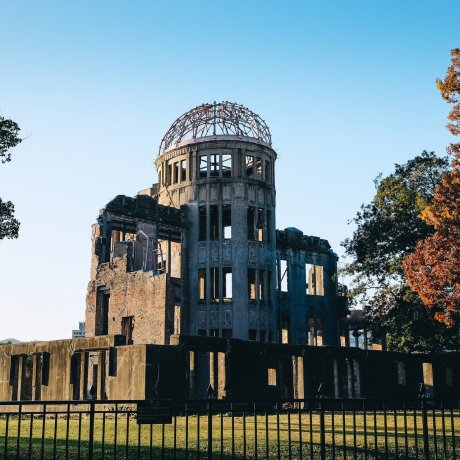
The Atomic Bomb Dome, or Gembaku Dome, was once the Hiroshima Prefectural Industrial Promotion Hall. On August 6th, 1945, the world’s first atomic bomb..

Hiroshima Peace Memorial Museum, located in southern Hiroshima, sits across from the Atomic Bomb Dome in the Peace Memorial Park. The museum houses information..

Chisun Hotel Hiroshima, centrally located in the downtown area, is a great place to stay if you're planning a visit to this..

Why Guest House Roku in Hiroshima is a great place for budget travelers looking to make friends
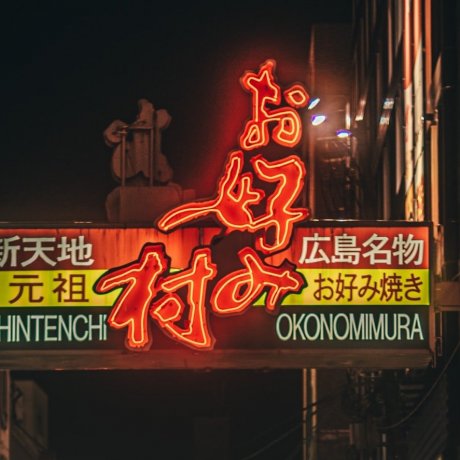
Okonomimura is a Hiroshima-style okonomiyaki theme park located in Shintenchi, Naka-ku, Hiroshima, near the east end of the Hondori shopping street. It..

Live-music venue, fun and lively bar on weekends and serves good quality Italian and American style foods.

A spacious Hiroshima-style okonomiyaki shop in a great location, next to Peace park. Family-friendly, Vegetarian-friendly and non-smoking..
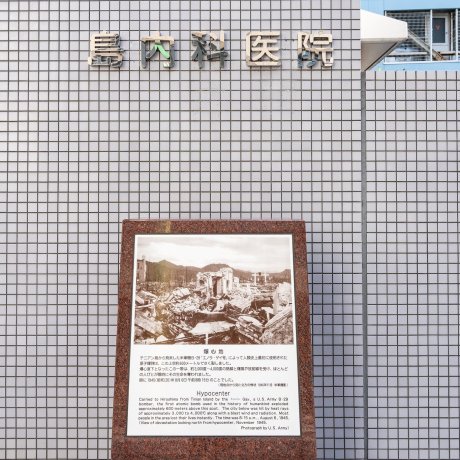
"Carried to Hiroshima from Tinian Island by the Enola Gay, a U.S. Army B-29 bomber, the first atomic bomb used in the history of humankind, exploded approximately..
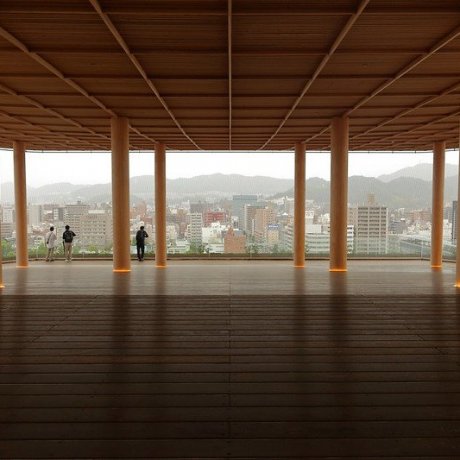
With its beautiful skylines and active waterways, Oizuru Tower offers its visitors a way to see all of that activity—day or night—unobstructed by..

Hondori (本通) is one of the main shopping districts in Hiroshima's bustling downtown area. This pedestrian arcade street (shotengai) is a shopp..
Your feedback has been sent.